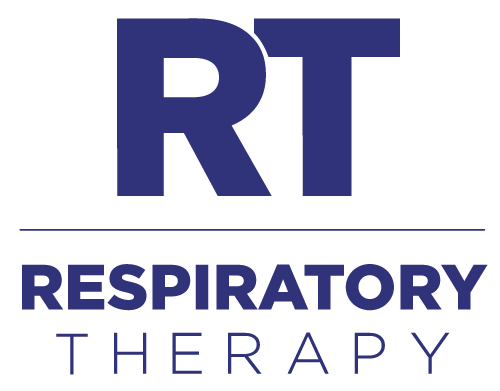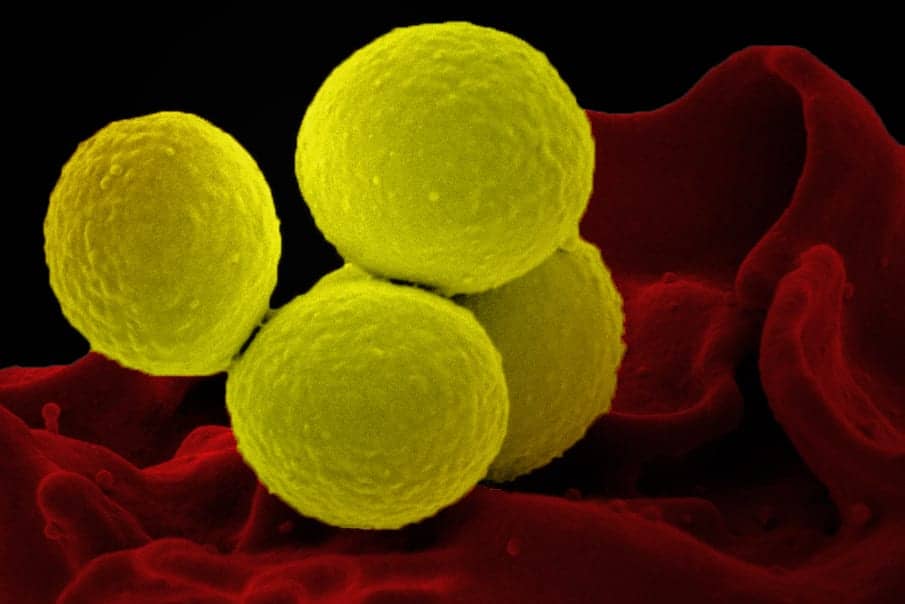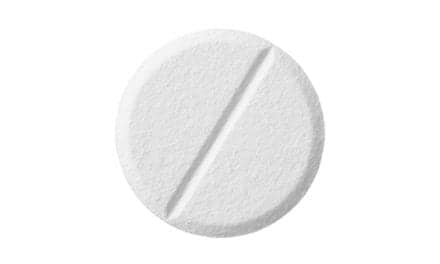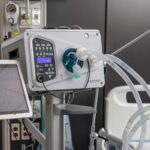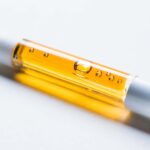Scientists are developing sensor-based tests to quickly detect superbugs like K. pneumoniae, S. aureus, and P. aeruginosa.
Three Key Takeaways:
- Rapid Detection of Klebsiella pneumoniae: Empa researchers are developing a sensor that glows in response to the enzyme urease produced by Klebsiella pneumoniae, enabling diagnosis of pneumonia-causing bacteria within hours using throat or sputum samples.
- Smart Wound Dressings for Staphylococcus aureus: A new multi-sensor wound dressing integrates dye-sensitive nanoparticles to detect Staphylococcus aureus and beta-lactamase enzymes, signaling antibiotic resistance and aiding personalized, real-time wound care.
- Fast Antibiotic Resistance Test for Pseudomonas aeruginosa: Using magnetic nanoparticles and chemiluminescence, researchers can identify P. aeruginosa in urine and test antibiotic sensitivity in just 30 minutes, streamlining treatment and curbing resistance spread.
Multidrug-resistant bacteria are particularly common in hospital-acquired infections such as pneumonia. One pathogen that can cause such pneumonia is Klebsiella pneumoniae. Empa researcher Giorgia Giovannini from the Biomimetic Membranes and Textiles laboratory is currently working with the Cantonal Hospital of St. Gallen to develop a sensor for this superbug that emits fluorescent light when a Klebsiella infection is present.
The sensor reacts to the enzyme urease, which the bacteria produce. In the Doorstep project, the researchers are working on polymer particles that surround a fluorescent dye. If the bacterial urease decomposes the polymer, the dye can develop its luminosity. The diagnostic method should work with a throat swab or a sputum sample. This would make it possible to identify the pathogens causing pneumonia within a few hours instead of several days.
Staphylococcus aureus
Infected wounds are also an important area of application for the rapid and precise diagnosis of resistant pathogens. They not only cause pain and tissue damage – they are also a breeding ground for antibiotic-resistant superbugs.
A team led by Empa researchers Luciano Boesel and Giorgia Giovannini is now launching a project together with the Cantonal Hospital of St. Gallen in which they want to develop a multi-sensor wound dressing. It is based on silica nanoparticles embedded in a resistant hydrogel made from biocompatible polymers. The sensor technology is to be integrated directly into the dressing material. The nanoparticles are functionalized with substances that can specifically indicate the metabolites of certain bacteria.
The sensors are designed to react to wound pathogens such as Staphylococcus aureus and indicate a change in the acid-base balance in the wound. Moreover, they should indicate the risk of antibiotic resistance.
As highly pathogenic wound germs are equipped with a specific enzyme, beta-lactamase, which they use to inactivate certain antibiotics, the sensor contains dyes that are broken down by this enzyme. If resistant bacteria in the wound produce the enzyme, the sensor gives a clear warning by glowing under UV light.
In everyday clinical practice, the wound sensor thus enables rapid, cost-effective diagnosis and personalized wound treatment, researchers say.
Pseudomonas aeruginosa
Another nasty member of the bacterial kingdom is Pseudomonas aeruginosa. This rod-shaped bacterium can cause various diseases, including infections of the urinary tract, for example via urinary catheters during a hospital stay. And these pathogens are often resistant to various antibiotics.
A team of researchers from Empa and ETH Zurich are developing a method using magnetic nanoparticles that detects the bacteria quickly and precisely.
As the magnetic particles are coupled to protein building blocks that react exclusively with P. aeruginosa, the bacterial cells can ultimately be “fished” out of urine samples using a magnetic field.
In the next step, the sensitivity of the pathogens to various antibiotics is analyzed using a chemiluminescence method. If there are resistant bacteria in the test tube, the sample emits light. However, if the germs can be killed with antibiotics, it remains dark.
“All in all, the resistance test takes around 30 minutes – compared to several days for a classic cultivation of bacterial cultures,” says Qun Ren, group leader at Empa’s Biointerfaces laboratory in St. Gallen.
This makes it possible to determine the appropriate antibiotic therapy within a short time – and thus prevent the development of further resistance.
